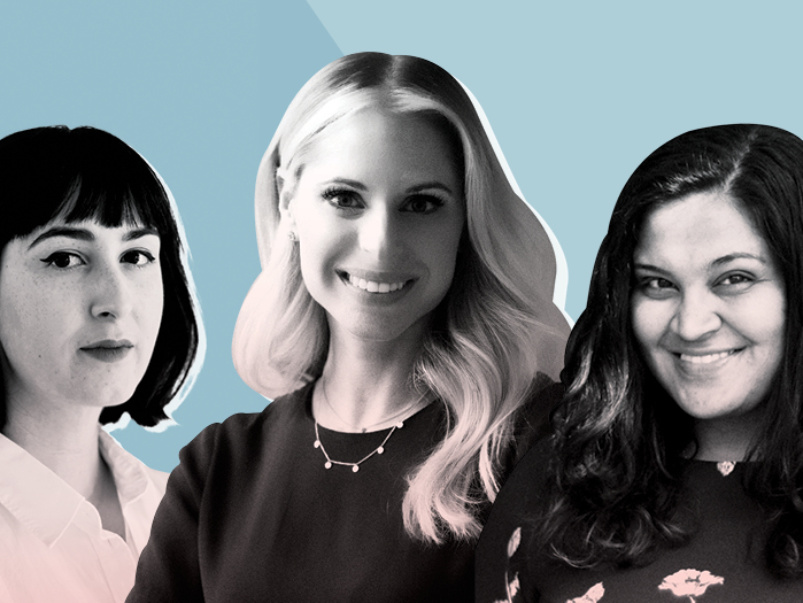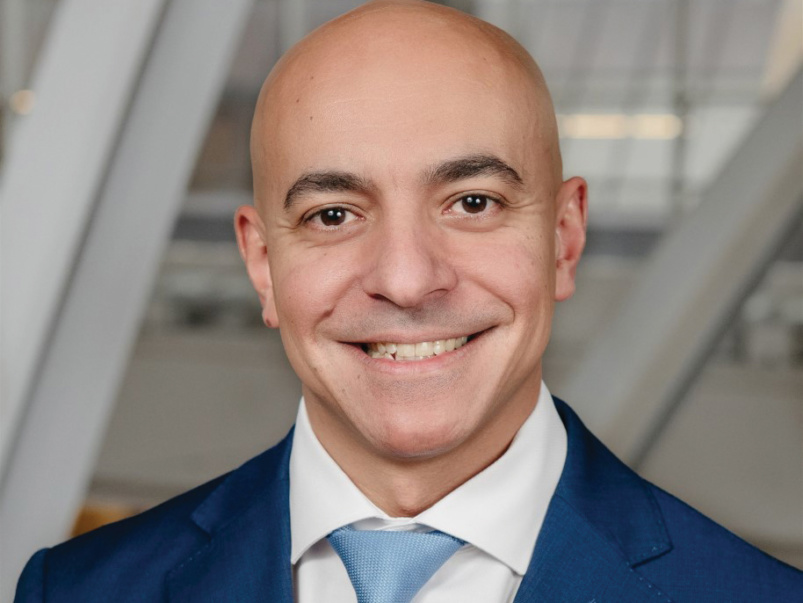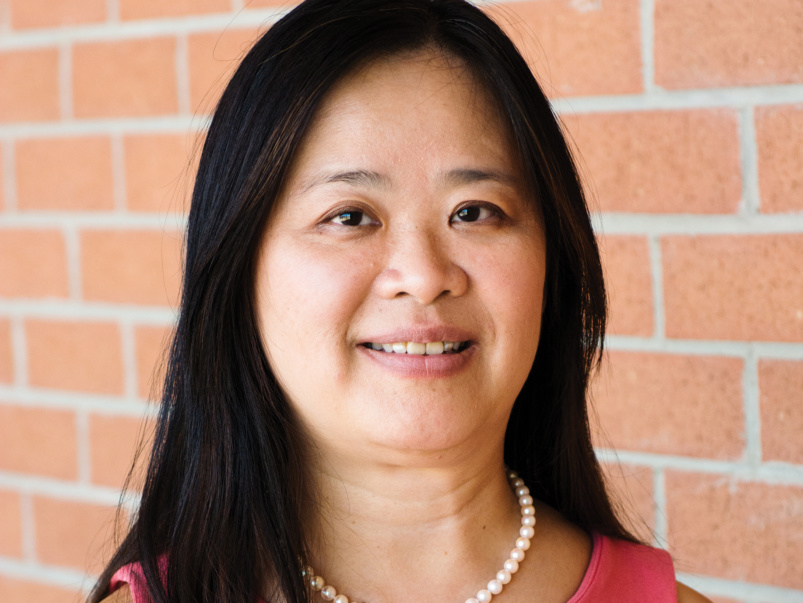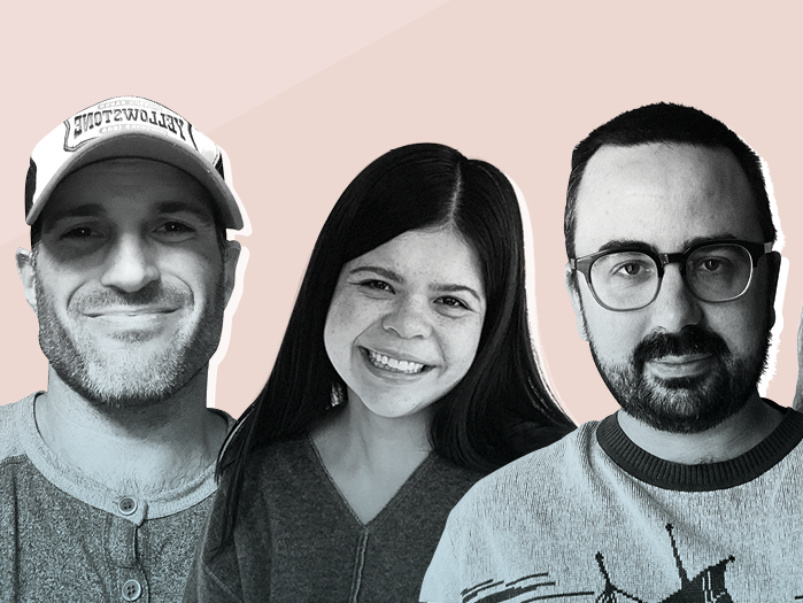The e-health revolution: This doctor helps patients monitor their stats from home
Respirologist Victoria Chan figured out a way for Covid patients to keep track of their vitals on their phones

“I’ve been working as a sleep specialist and respirologist at Mackenzie Health in Richmond Hill for 26 years; I currently serve as the hospital’s deputy chief medical information officer. In February of 2020, I was tasked with launching virtual care at our hospital. We thought the project would take six to 12 months to roll out. We had no idea we’d have to switch gears on a dime.
“When the pandemic arrived, our IT department worked overtime to incorporate secure video conferencing into our electronic medical record platform. Some doctors worried older patients wouldn’t be able to use the technology. But my mother is 87 and she’s all over WhatsApp and YouTube. As long as you make the technology simple and intuitive, people will figure it out. One of my first patients was older and he caught on right away. He helped me find the language to help the others.
“By June of 2020, we were coming out of the first wave of Covid, but we knew things would get worse again in the fall. We wanted to figure out how to assess and treat milder Covid cases at home, but make sure that patients knew when they were getting sicker and needed to come into the hospital. We realized we could use a home monitoring app through our electronic medical record platform where patients could input their vital signs. We could send Covid-19 patients pulse oximeters—blood-oxygen monitors—and they could input their levels through the app. The monitor is like a clothespin that clips onto the tip of your finger, giving you your oxygen level and pulse rate. It was perfect for turning into a program for remote Covid care.
“We received a government grant to send monitors to Covid patients. They’d be prompted by their phones to input their levels twice a day. Normal blood oxygen levels in healthy lungs are between 96 to 99 per cent. If levels dropped to 94, that would be an early warning sign, and the app would alert the patient to call a hotline, and send the data to the electronic medical record. On my end, I’d see which patients were the most critical and would call them to make sure they got the care they needed.
“We started rolling out the app in July. That month, we saw about 20 patients through virtual appointments. We sent some patients to the hospital and treated most others at home—those we determined to be higher risk would get the oxygen monitors and instructions on how to use the app. At first, we had some people, generally older patients, who were reluctant to use the app. One time, I worked with a patient in his 90s who didn’t speak English. But his daughter, who lived in another part of the country, was able to teach him how to check his blood oxygen levels and input the information. We worked together for two weeks, and the patient fully recovered.
“By September, the second wave hit, and by December, we saw 1,000 virtual patients in a month. We were already working 50-hour weeks, then calling seven to eight Covid patients a day on top of that. Soon, a group of 15 doctors, mostly in general internal medicine, joined us in remote Covid care. As case numbers soared, another five doctors joined, then another five. We had endocrinologists, oncologists, cardiologists and rheumatologists coming to help us. We started sending oxygen tanks to patients so they could treat themselves at home. We probably sent out a thousand monitors and 150 oxygen tanks.
“There were a few dicey moments. I had one virtual care patient with dangerously low oxygen levels. I told him he needed to go to the hospital, but he refused. He was living alone, and I believed he was going to die if he stayed at home. So I told him, ‘If I have to come over and take you to the hospital myself, I will. Please listen to me.” It worked. He went to the hospital and made a full recovery.
“Our numbers only started to come down in June. We want to continue the momentum of the virtual care program. I’ve been talking with other respirologists about using this model for emphysema patients, because they need to monitor their blood oxygen levels in a similar way. I think a remote monitoring program could be used for something like checking blood sugar levels for diabetes clinics. There are so many biometrics that can be monitored remotely, like weight and blood pressure. Creating this program was one of the most gratifying projects I’ve ever been involved in. By treating patients at home, we prevented almost 900 Covid patients from having to come into the hospital, and many more from unnecessary emergency visits.”














